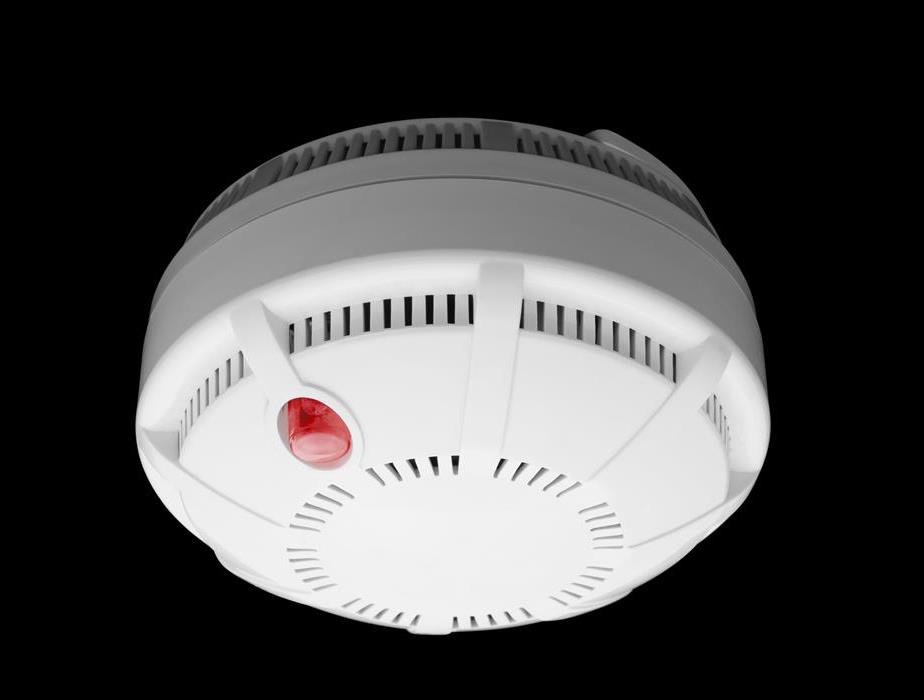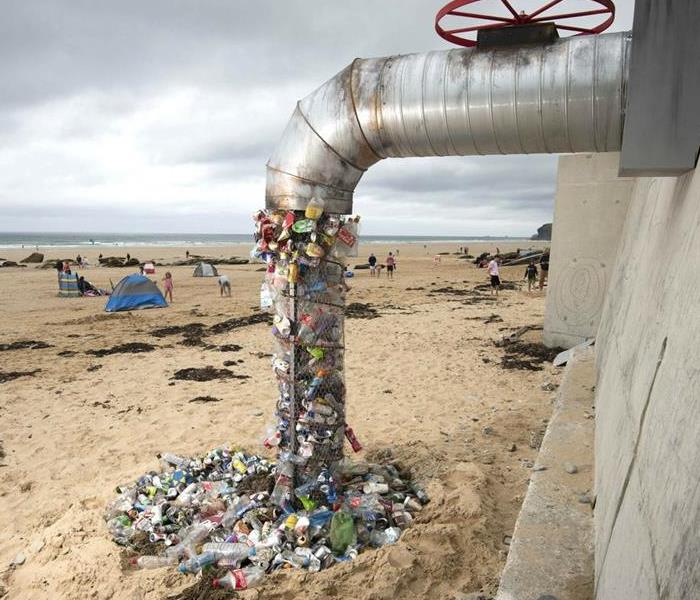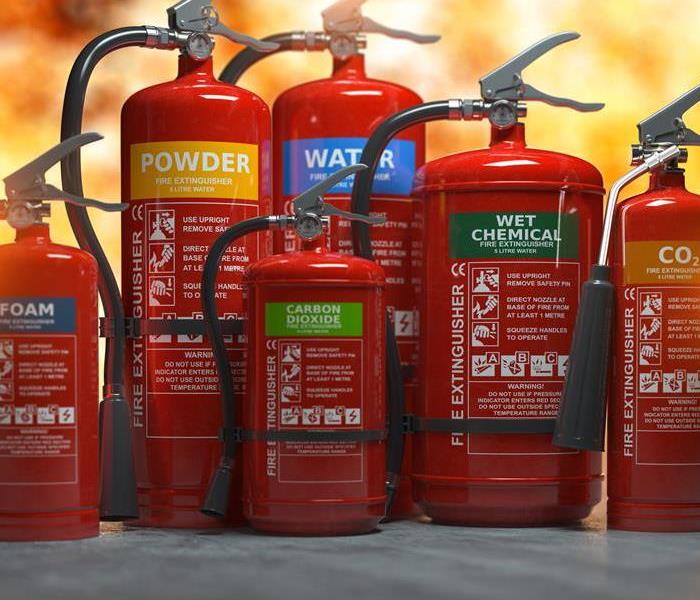How to Clean Up Sewage Damage
6/5/2024 (Permalink)
Sewer cleanup calls for measures that go beyond the recommended treatments for damage caused by clean water. Find out how mitigation professionals respond to a sewer backup at a commercial building in Cumming, GA.
Remove Standing Water and Solids
The first step in cleaning up sewer damage is to remove contaminated water and solids. This may call for the use of a
Some pumps are designed to eliminate liquids and solids. It may be possible to rent cleanup equipment or hire a restoration service.
Tear Out Porous Materials
Porous building materials and contents absorb contaminated water. These items should be torn out or disposed of due to the difficulty of disinfection and the risks of mold growth or recontamination. Damage restoration professionals can recommend which materials or items must be removed. If water damage is caused by clean water from a broken supply line, most items can be air-dried.
Clean and Disinfect
Sewer cleanup involves the additional step of disinfection. Regardless of whether water damage is Category Two gray water or Category Three black water, a building owner should
- Remove all water and debris
- Clean the affected area
- Disinfect the affected area
Experts may also pre-treat an area with disinfectant prior to tearing out damaged materials. Another round of treatment is necessary to ensure that contaminants do not remain after the tearing-out process.
Dry and Lower Humidity Levels
Once cleanup is complete, it is important to dry the area affected by a flooded toilet or sewer backup. This may be done with air-drying, dehumidifiers, or ventilation. Wait until the area is dry before completing the restoration. Rushing through the end of the mitigation process may increase the risk of secondary damage.
Sewer damage is likely to involve contaminated water. A sewer cleanup service can quickly restore the damage and recommend solutions to property owners in Cumming, GA.
What To Know About Your Smoke Alarm
6/5/2024 (Permalink)

Most homes in Marble Hill, GA, have at least one smoke alarm installed. In fact, this important piece of equipment is required by most fire ordinances. Many fire damage restoration professionals agree that proper maintenance can help ensure the alarms in your home remain in working order. Here are some tips you may wish to know.
1. When To Replace the Alarm
A smoke detector is designed to have a long life, so you can expect yours to last for up to 10 years. Each alarm should have its manufacture date printed on the back so that you can check it if needed. If your alarm is over 10 years old, it may be time to consider a replacement.
2. When To Replace the Batteries
Many experts recommend changing the batteries in your smoke alarm at least once a year. It’s recommended to choose a consistent time every year, such as daylight savings, so that it's easier to remember to change them out. After replacing the batteries, it’s advised to hit the test button on your alarm to help ensure the appliance is in working order.
3. Where To Install the Alarm
One of the most commonly asked questions is where should alarms be installed in the home. Experts recommend installing them on every level of the home, inside each bedroom, and outside the bedrooms as well. For example, you can place a single alarm in the shared hallway outside several bedrooms with a smoke detector inside each individual bedroom. You may also want to include an alarm in your kitchen or main living area.
With the proper maintenance, your smoke alarm should stay in working condition for 10 years. Remember to replace the batteries and test the alarm regularly to help ensure functionality. It’s also a good idea to ensure that every level of your home has a working alarm along with one in each bedroom.
How To Choose The Right Extinguisher
6/3/2024 (Permalink)
Keeping a fire extinguisher in your home can save you and your property from a small fire. However, there is a wide selection of fire extinguishers to choose from and they are all intended to be used for different fires.
Extinguisher Classes
Each class of extinguisher fights a different type of fire:
Class A: Wood, paper and trash
Class B: Grease, oil-based liquids and gasoline
Class C: Electrical equipment
Class D: Flammable metals
Class K: Animal and vegetable oils used in cooking
Household extinguishers are rated A, B or C. On the label, the numbers that precede the letters give the rating of the extinguisher's effectiveness against that type of fire. An extinguisher with a 4-B rating, for example, is more effective against a grease fire than one rated 2-B. Higher effectiveness usually means a higher-priced extinguisher. There is no number designation for Class C.
Extinguisher Sizes
You can choose your extinguisher size based on where you will use it. A 5-pound extinguisher is suited for a typical home fire and is easy to pick up and use. A 10-pound fire extinguisher is a good choice for the garage, where a fire may grow before you see it. You can also find stove-top extinguishers that mount above the range.
Best Extinguisher Locations
Safety experts recommend you keep an extinguisher on each floor of your home for maximum fire preparedness. The kitchen is an ideal place because of the enhanced risk of fire in that room. Keep the extinguisher where household members can reach it quickly and easily. The best location is near an exit if the fire gets out of control and you must evacuate.
Equipping your home with the right fire extinguisher can save your home and your family. It is better to be safe than sorry.





 24/7 Emergency Service
24/7 Emergency Service


